Volvo EX30 first drive: this tiny, inexpensive electric SUV is also Volvo’s quickest car, ever

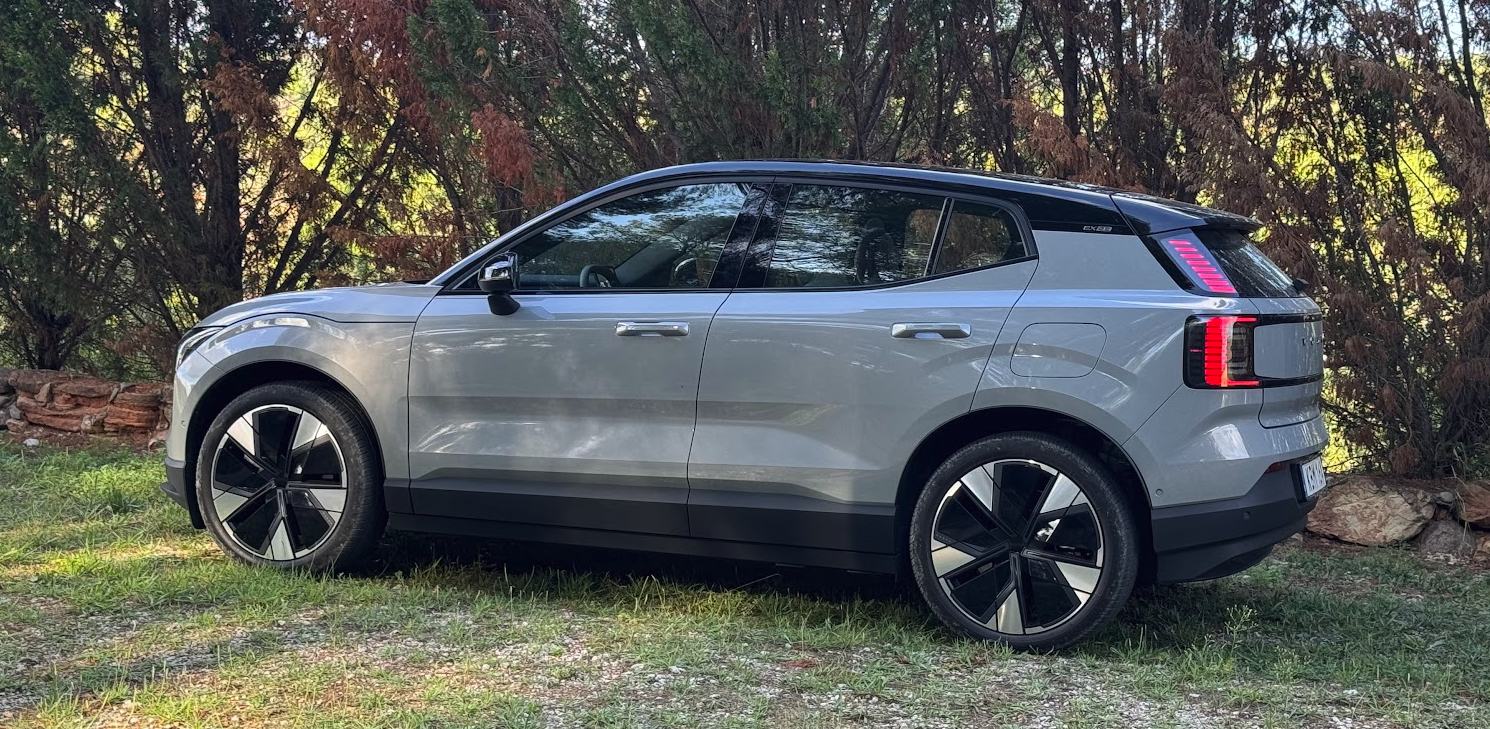
There’s a lot of dichotomy in that title. But for some reason, it all makes sense when driving the Volvo EX30. After delaying the much bigger EX90 indefinitely, Volvo’s first EV designed from the ground up really shines in so many areas, and of course has one big glaring downside…
Let’s get those eye-watering specs out of the way first.
- Horsepower: 268 RWD/422 AWD
- Torque: 253ftlbs RWD/ 400ftlbs AWD
- Top speed: 112mph
- Battery: 69kWh
- Range: 265/275 miles
- Towing: 2000lbs/2500lbs
- Dimensions: Height: 61.2in, Width: 72.3in, Length: 166.7in
- Base price: $34,950FWD/$44,900 AWD
- Some more interior dimensions

For those in the US, the size of the Volvo EX30 is about halfway between a Chevy Bolt EV and the 6-inch longer EUV. While Chevy initially tried to call the Bolt a “Micro-SUV”, I think the EX30 with its 7-inch ground clearance and much larger wheels better fits that description. Taking it off-road later cemented that role.
Interior
Maybe the most impressive aspect of the EX30 is the interior design. Clearly Scandinavian-inspired, there’s not a single item that hasn’t been thought over for simplicity or efficiency and so many smart decisions were made here. Volvo took the window buttons and speakers out of the door to simplify. Instead, all of this lies in the center of the vehicle.
The roomy and convenient glovebox is also in the center which leaves a nice open, airy space for the passenger. (By the way, the front trunk or ‘frunk’ isn’t much bigger than a glovebox and will likely be used as a space to store valuables and perhaps charging cables)
The armrests on the door feel like they are floating, while below there is tons of room for storage. The door handles are made of a solid metal material that feels high quality. The seats are firm but comfortable but not in a ‘La-z-boy’ type of smushy way.
The center console is no different. Drawers and cupholders are well-designed and seem to come out of nowhere. USB-C and wireless chargers are both easy to access.
The center stack is running on Google’s Automotive OS but it will still take Carplay or Android projection from your phones. The software wasn’t quite complete at testing but it was similar to Volvo and Polestar’s other offerings albeit with a display that felt a little smaller and cheaper.

Exterior
Volvo, I think, also hit it out of the park with the look shape of the EX30. It looks a lot like its bigger XC40 cousin but also a little more modern and sculpted with more futuristic lights and aero wheels.
We drove a white AWD version and a Gray RWD version but the light blue and moss yellow varieties will turn more heads. I think Volvo could really have some fun with more colorful options here, perhaps taking a cue from apple’s iPads and iMacs for fun inspiration.
The charging port in the driver’s side rear has those little stringed covers that you see in cars that are designed by people who have never had to charge a car. I’d rip those off on day one.

The Drive
Given all the hype around the EX30, I was worried that the drive would feel cheap or sedated or…boring.
Nope! it is so fun to drive and maybe more importantly, it gets out of your way when you just want to get from point A to point B.
The car was also pretty good at sipping electrons, though we didn’t do any scientific testing since we were also trying to push it to its limits off-road and on. Overall, I think that the 265-275 mile range is certainly achievable and perhaps more with some miserly driving.
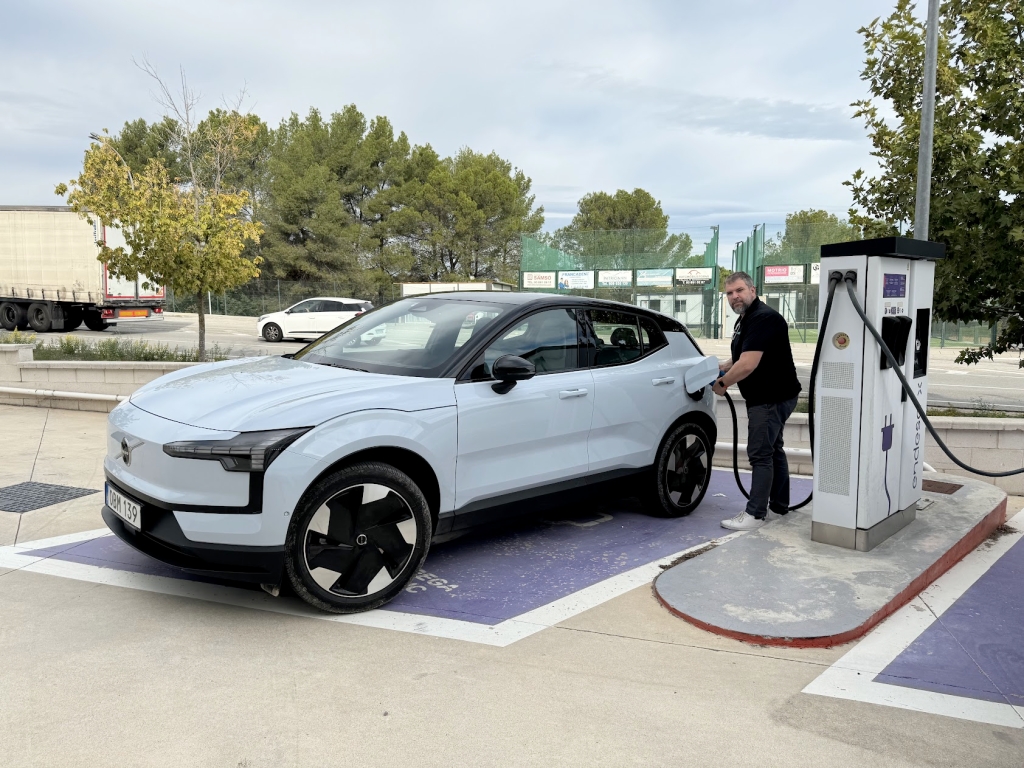
Volvo says you can charge from 10% to 80% or add almost 200 miles in 26 minutes at the right chargers which the above was not.
Charging is typical with about 150kW CCS combo but Volvo will switch to Tesla’s NACS charger as early as mid-cycle 2024 and will provide adapters for all vehicles in both directions.
Also, we’re happy to report that the EX30 does fine off the road, as we took some scenic detours through some forests and wineries. We found some mud, some hills, and just some beautiful mountain dirt roads to drive on. The EX30 felt right at home here. The 7-inch drive clearance and solid suspension were certainly helpful in crossing ditches and those relatively big tires did well on tight turns. That said, the turning radius felt like that of a bigger vehicle.
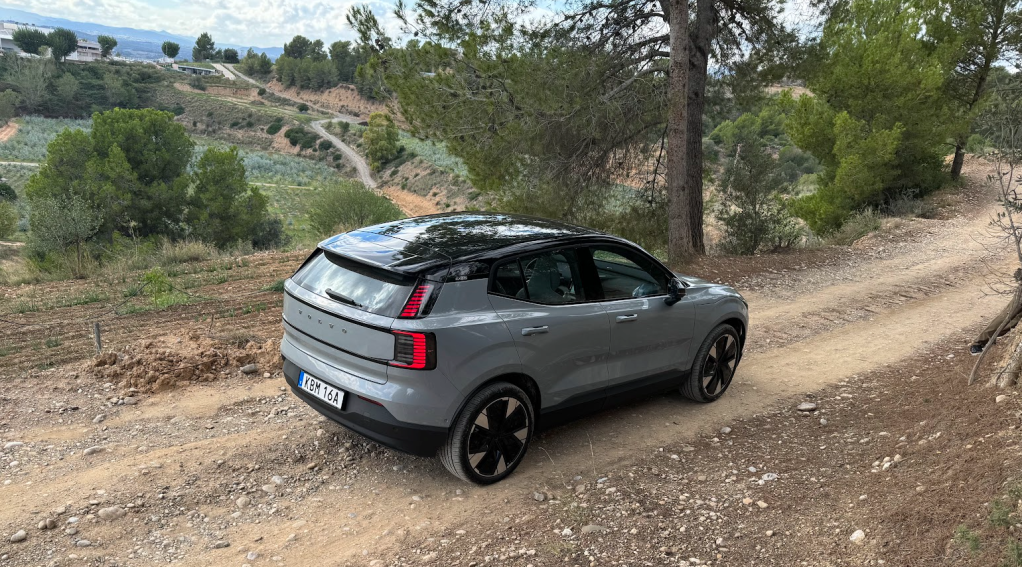
One note that though all Volvos are governed at under 118 miles per hour, our AWD EX30 version started getting a little shaky at about 95 miles per hour. Other than that, it drove incredibly solid for a low-priced car.
Also, I do want to report that the lower-end rear-wheel drive version felt really fast and was perhaps more fun to drive than the more powerful AWD variety. If you don’t live where it snows a lot I’d recommend the RWD version or at least test-driving it and perhaps save yourself $10K

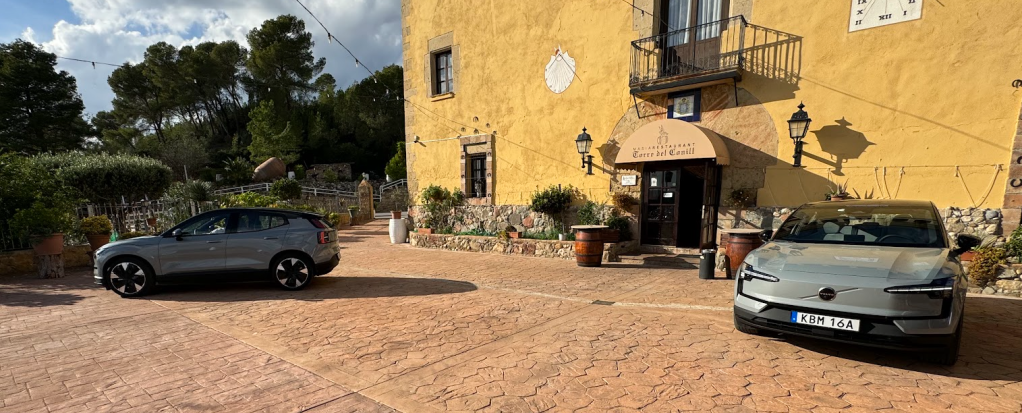
Overall Pros:
- Amazing price/performance
- Size is short but still roomy and nimble
- Efficient and beautiful inside and out
- Great sound system, lots of storage space
Cons:
- Built in China, though Volvo says they are spinning up an EU assembly line. No US manufacturing announced but Volvo says it would take 18 months to do so.
- The center screen is small and sometimes hard to read while driving
- Rear space is small without a center armrest, rear windows hard to roll down from front
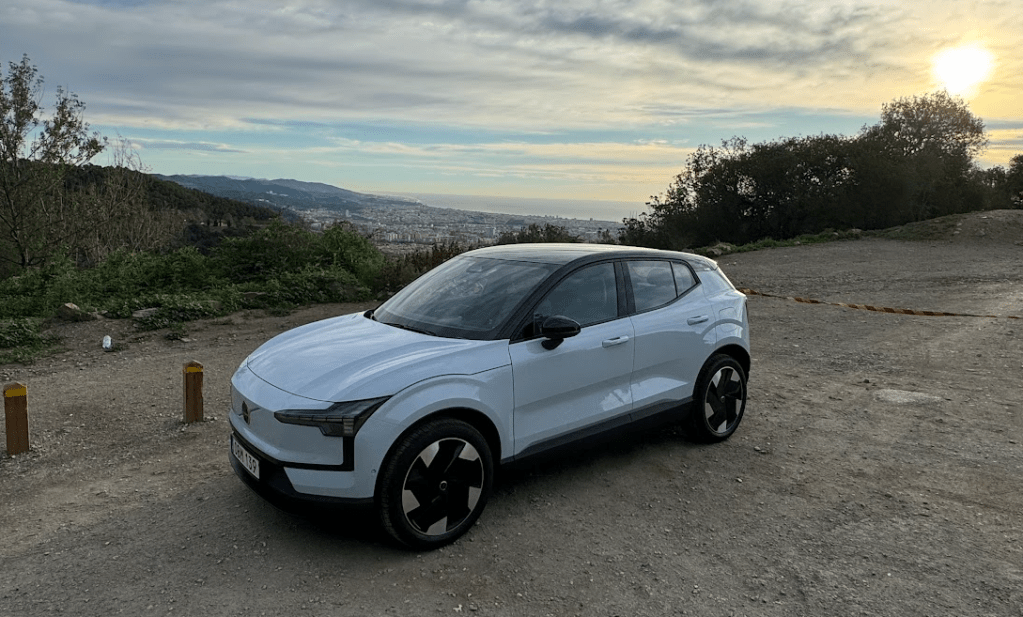
City Dwellers’s Take
I love almost everything about this car and I fully expect to replace my Chevy Bolt with it in a few years. It drives excellently both fast and off-road, it is the perfect size and it is beautiful inside and out. I have some gripes outlined above (rear armrest, center screen, etc) but nothing physical that would deter me from recommending this car.
My biggest beef is that Volvo isn’t building this locally for the US market and is instead outsourcing it to its sister company Geely in China. That also means it might get hit with a 27% tariff coming in and of course, wouldn’t qualify for the $7500 Federal tax credit unless leased. Volvo was cagey about whether they were on the hook for the 27% US tariff on Chinese-made cars or if they would in fact make a profit on these vehicles sold in the US. That means they might prioritize other markets and only trickle these into the US.
As it stands, this would be the first mass-market Chinese vehicle sold in the US and perhaps a Trojan horse with its beautiful Scandinavian Volvo-clad covering. Smaller selling Chinese vehicles like the Polestar 2 are already sold in the US.
That would be a real shame because this is a truly special car. I don’t understand why they don’t spool up their South Carolina factory to make these as soon as possible (18 months according to Volvo). Even if they can’t make them as cheaply as in China, with all of the incentives it feels like a no-brainer.
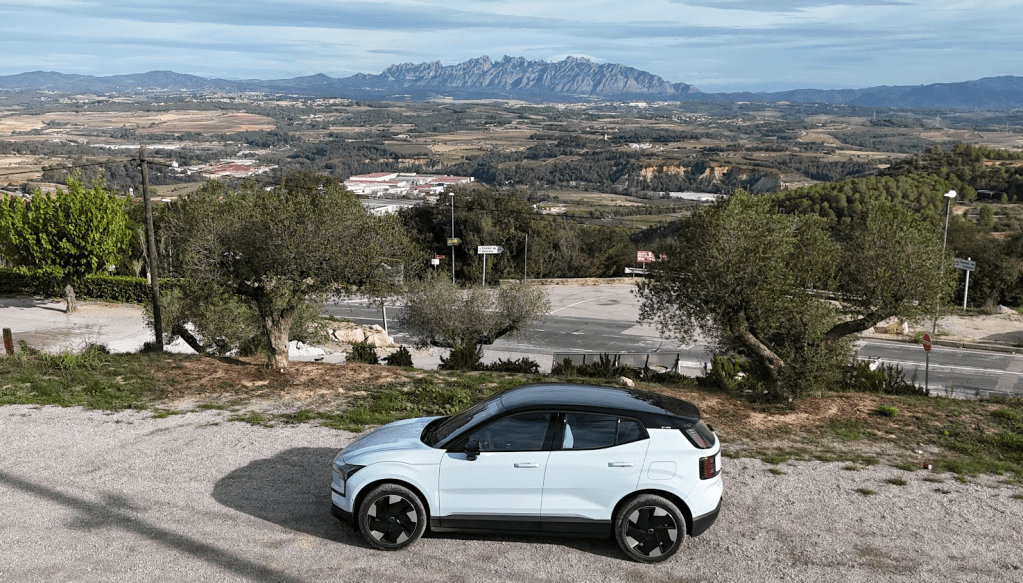
FTC: We use income earning auto affiliate links. More.